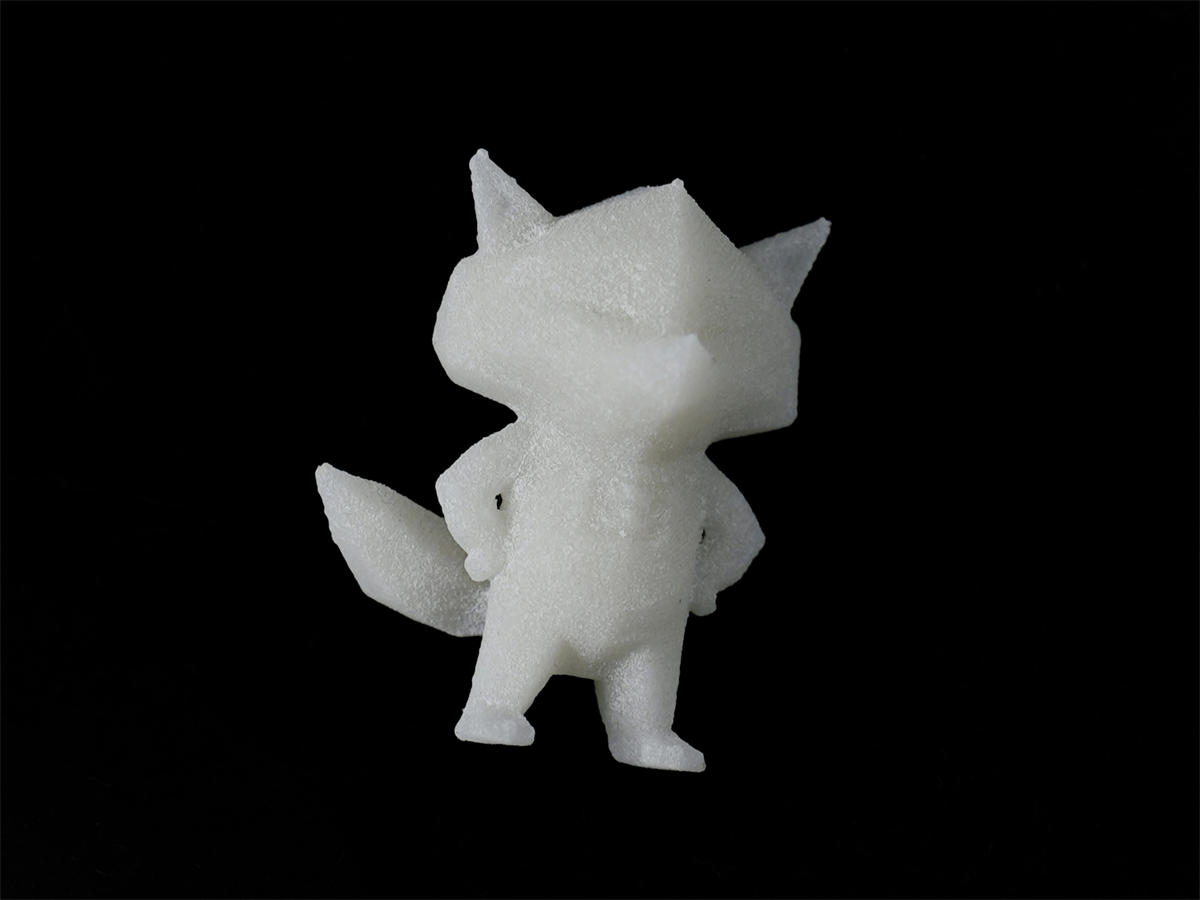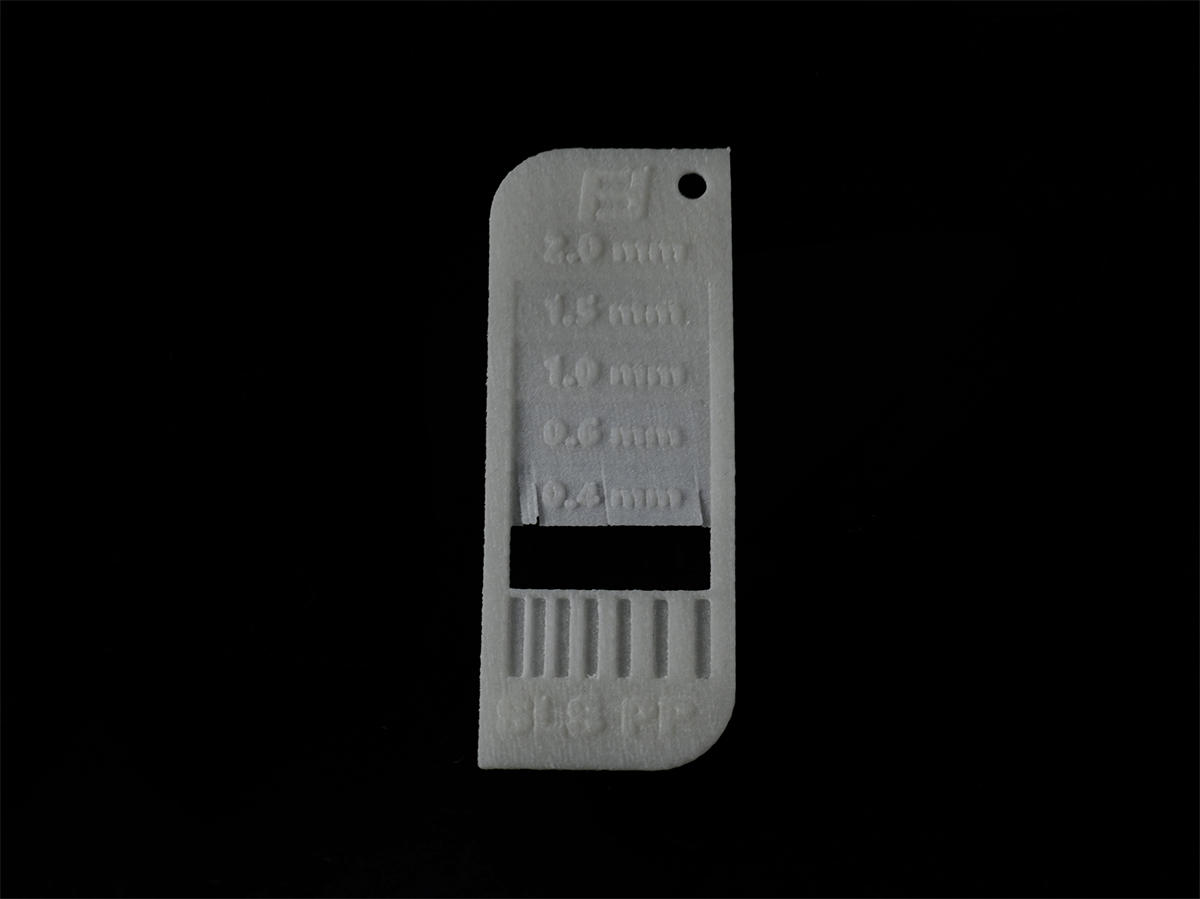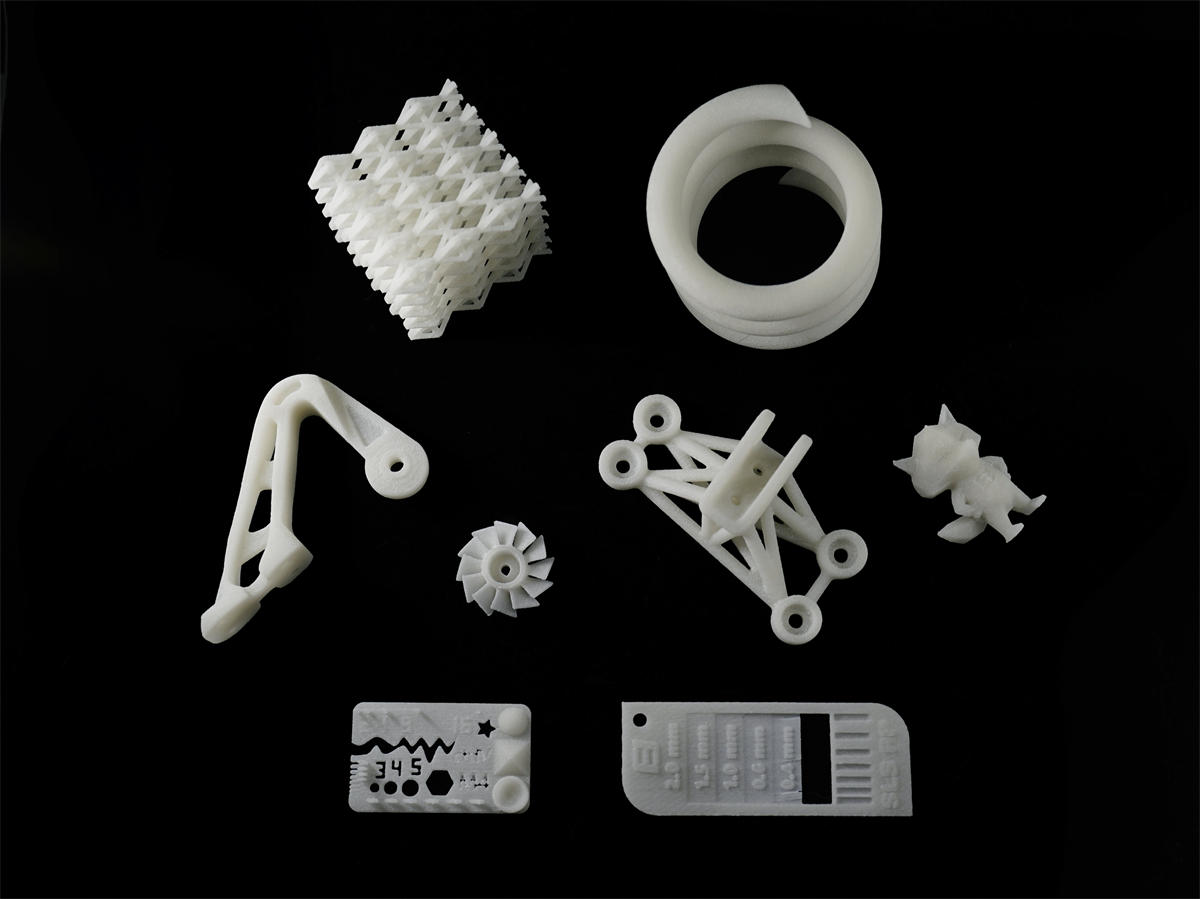SLS Polypropylene (PP)Ultrasint PP nat 01 Advanced Polypropylene material for a wide range of applications. The powder delivers excellent chemical resistance, ductility and media tightness. Besides that, itŌĆÖs an economically attractive alternative to commonly used PA12. Max Build Size Min Build Size 5 x 5 x 5 mm Default Layer Height 0.1 mm Optional Layer Heights 0.1 mm Tolerance ┬▒0.2% (with a lower limit of ┬▒0.2 mm) Up to 102 Ōäā Smooth ŌśģŌśģŌśģ Detail ŌśģŌśģŌśģ Accuracy ŌśģŌśģŌśģ Rigidity ŌśģŌśģ Flexibility ŌśģŌśģŌśģŌśģ Available ColorsWhite
Available Post ProcessPaint
, Dyeing
Suitable For Functional prototypes and end products, Not Suitable For Fine-detail models with smooth surfaces, Additional InfoAdvanced Polypropylene material for a wide range of applications. Thanks to the well-known performance of polypropylene, the powder delivers excellent chemical resistance, ductility and media tightness. Besides that, itŌĆÖs an economically attractive alternative to commonly used PA12, making it an interesting choice to expand 3D printing applications and volumes. Our enhanced formula goes one step beyond: In contrast to commonly used polyamides, Ultrasint┬« PP boasts excellent plasticity, higher elongation, durability, and low moisture absorption. The high rigidity of Ultrasint┬« PP nat 01 makes the material especially well-suited for technical applications and durable 3D printed polypropylene parts, from prototyping through to functional parts.
Feature
3D PrinterMaterial Spec Sheet
Laser sintering is used to build your design with this material. The models are printed layer by layer by a laser that draws thin lines in the powder, which melts and bonds it together in order to form a thin layer of the model. After a layer is printed, a new layer of fresh powder is spread over the surface by a roller. The printer has a print chamber that is heated to just below the melting point of the powder; the laser beam adds the extra energy to melt the powder, forming a solid model. After a print job is finished, the result is a big block of heated powder with the printed models contained inside.
|












